
I heard voices like "Mooie!" and "Not yet," coming from all over the town. It was children playing hide-and-seek. Dusk was gradually approaching. One child had not yet been found. It was almost dinner time. The other children stopped playing hide-and-seek and went home.
However, at night, the parents of one of the families begin to panic, saying, "Our child has not come home. They went around to the homes of the children they had played with during the day, but no one had seen their child since the middle of the hide-and-seek game. The next day, and the day after that, the child did not return. So the people of the townI must have been in a godforsaken place!"And they start to make a fuss.
If you examine newspapers from the Meiji era, you will find articles about children suddenly disappearing. The phenomenon of a person suddenly disappearing one day was called "kamikakushi" by the ancients.
In the case of children, there were cases where they would go out with adults and, while playing with the adults, become separated from them and get lost. In modern times, they would be reported to the police, who would investigate their whereabouts,What methods were used to search for missing persons in this era?
One of the busiest places in KyotoRemnants of this are found on Shinkyogoku Dori.I asked, and walked away.
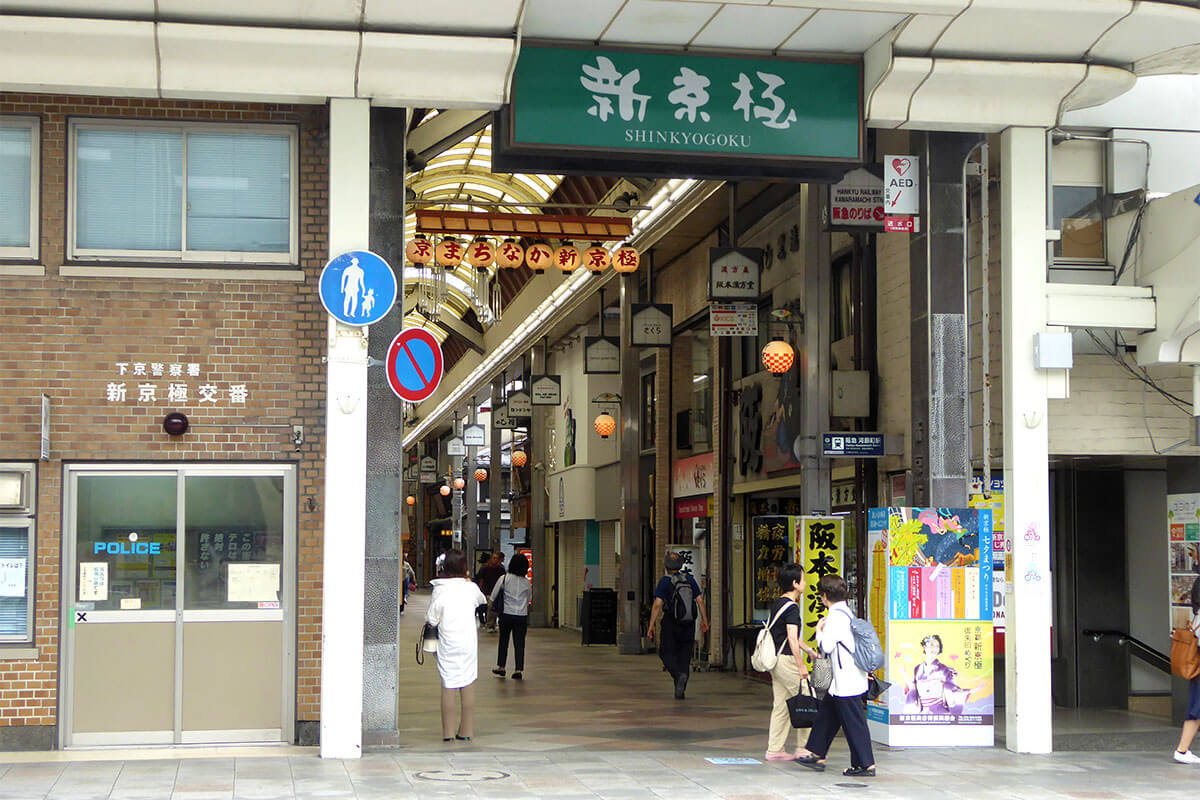
Shinkyogoku shopping street (from Shijo side)
In 1872, Shinkyogoku Dori was built as one of the reconstruction policies for Kyoto, which had been discouraged by Tokyo Tento. The street is located in Sakurano-cho, Sanjo-sagaru, Shinkyogoku Dori (east side of Rokkun Plaza).Saiganji Templeschool (e.g. of ikebana)In the days when there was no Shinkyogoku Dori, the temple boasted a vast site here and was crowded with playhouses, freak shows, and stalls on the grounds.
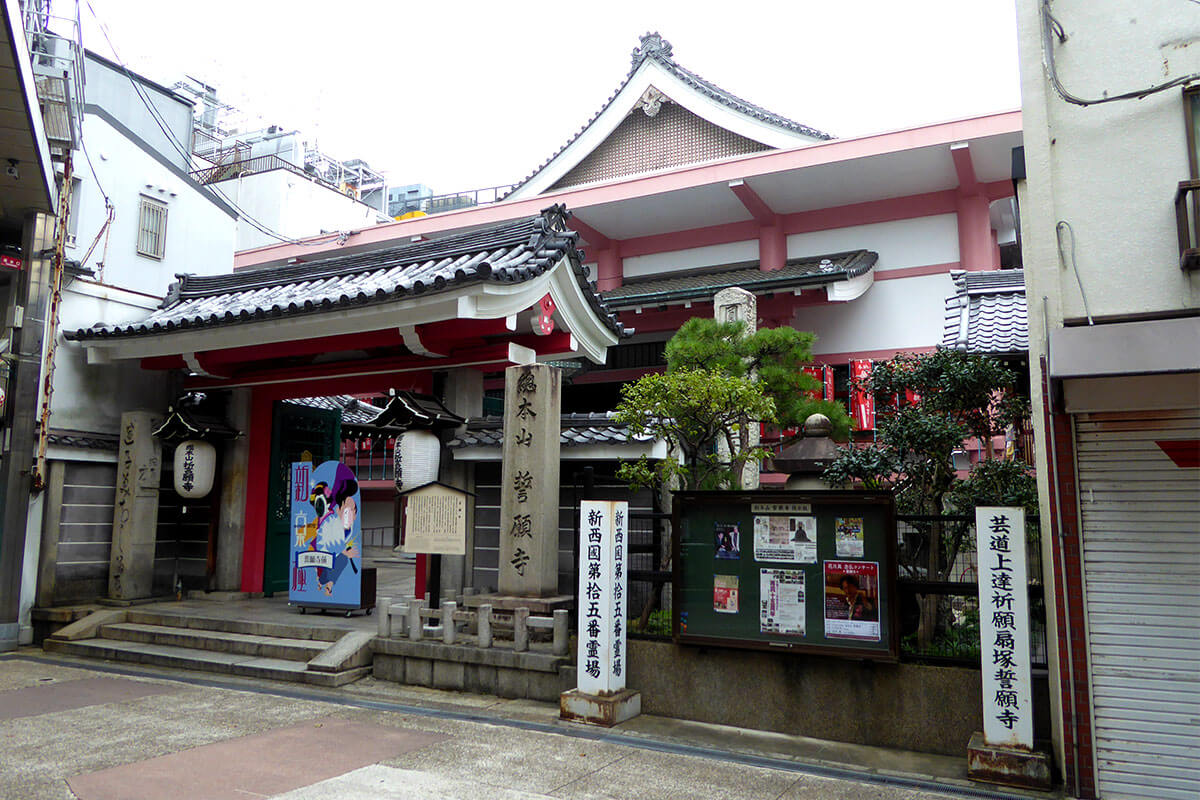
temple dedicated to Amitabha
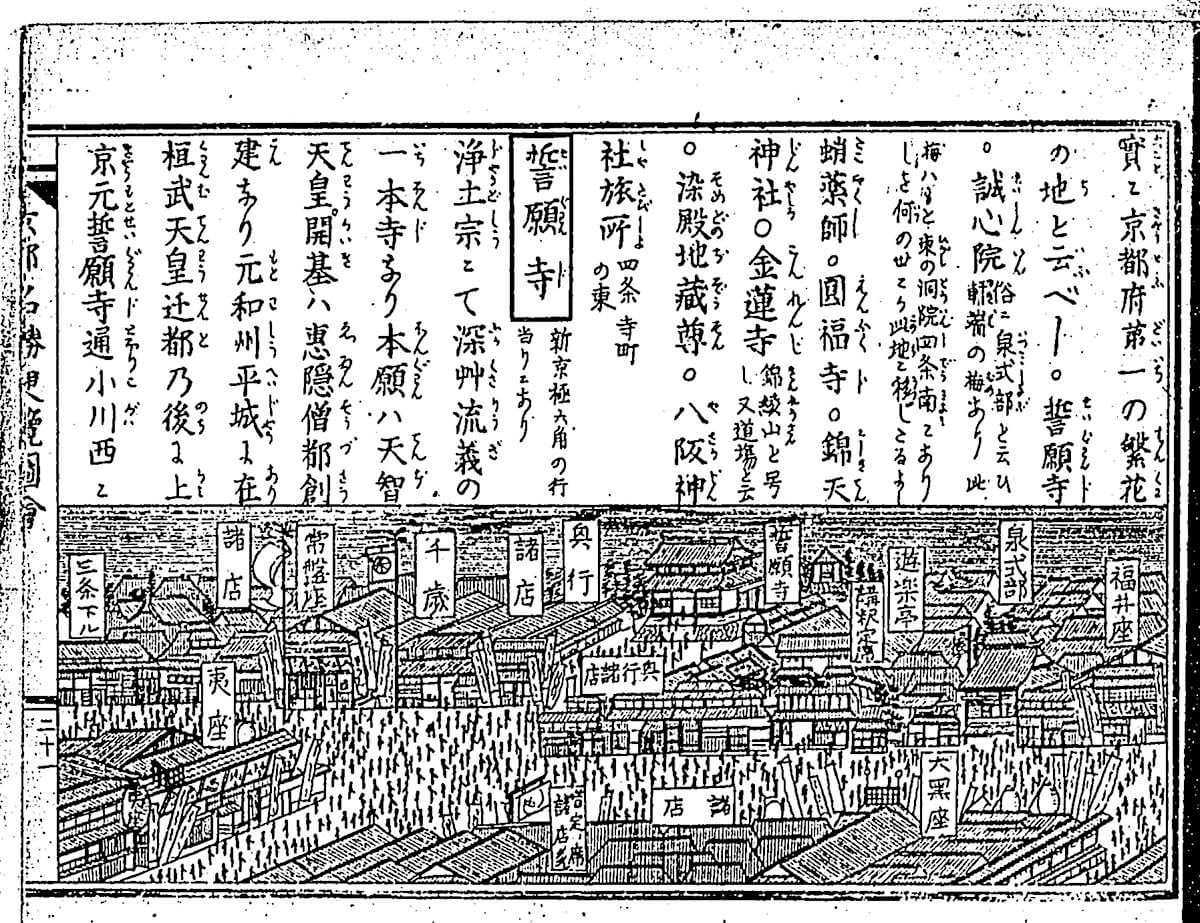
National Diet Library Digital CollectionsFrom "Kyoto Meisho Handbook, Meiji Revision" in the collection of the museum.
If you look closely, you can see the crowd, people, people.
It is still on the left side of that gateway,Stone pillar inscribed with "Lost Child Michi no Shirumbei" (Guidepost for Lost Children)stands. This was at the time,Placed at street corners where many people come and go, or at temples and shrines crowded with worshippers, they serve as bulletin boards to provide information about people and missing persons.The first time, the company was in a position to do so.
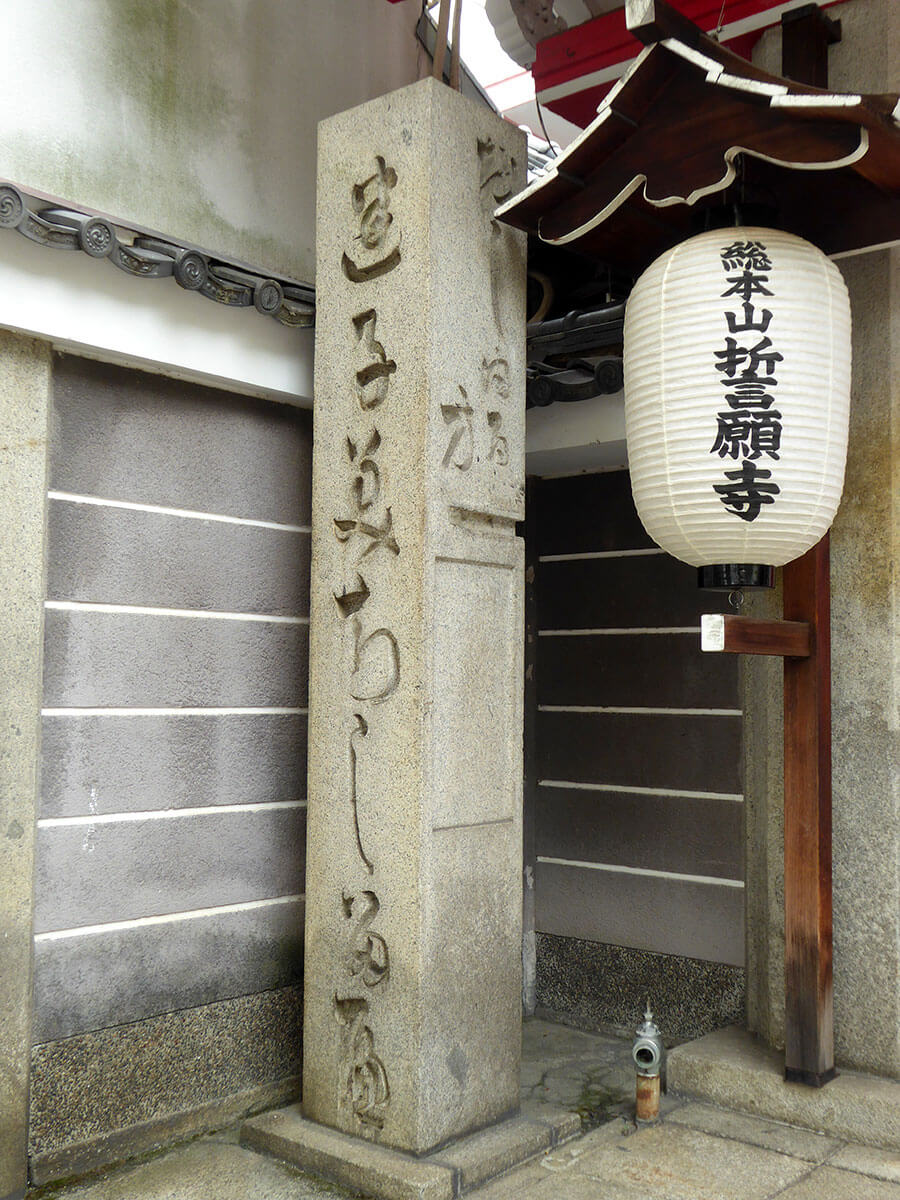
Lost Child Michijirushi (Signpost Stone) in front of Shoganji Temple
If you look closely at the stone pillars,The right side is for "Teaching" and the left side is for "Searching".is engraved on it. In other words, on the right side, a person who found a lost child would paste a piece of paper with the child's characteristics to find the child's home and parents. And on the left side, the parents of the missing child put a piece of paper with their child's appearance, what he or she was wearing, and other characteristics and contact information.
Thanks to this bulletin board, 60-70% of the missing persons have been identified.When they still did not understand, they called it "kamikakushi" or "tengu saraibi.
In Fukuchiyama, it is said that parents warned their children to cut off play at dusk and return home, fearing that "hidden gods" would hide them if they played "hide-and-seek" after dark. It is said that even in Kyoto City, until the mid-Showa period, adults urged children to hurry home, saying, "The kotori is coming, hurry up, go home.
There are three places in Kyoto where lost child guideposts still exist.One is this lost child's road signpost at Shoganji Temple, another is the Gasshita Hi-jinseki at Yasaka Shrine, and the other is the Kiki-kin Hi-jinseki at Kitano Tenmangu Shrine.But that's it.
Nowadays, people walking along Shinkyogoku Dori rarely pay attention to the lost child markers. However, the stone pillar quietly carries on this custom that served as a bulletin board in the old days.
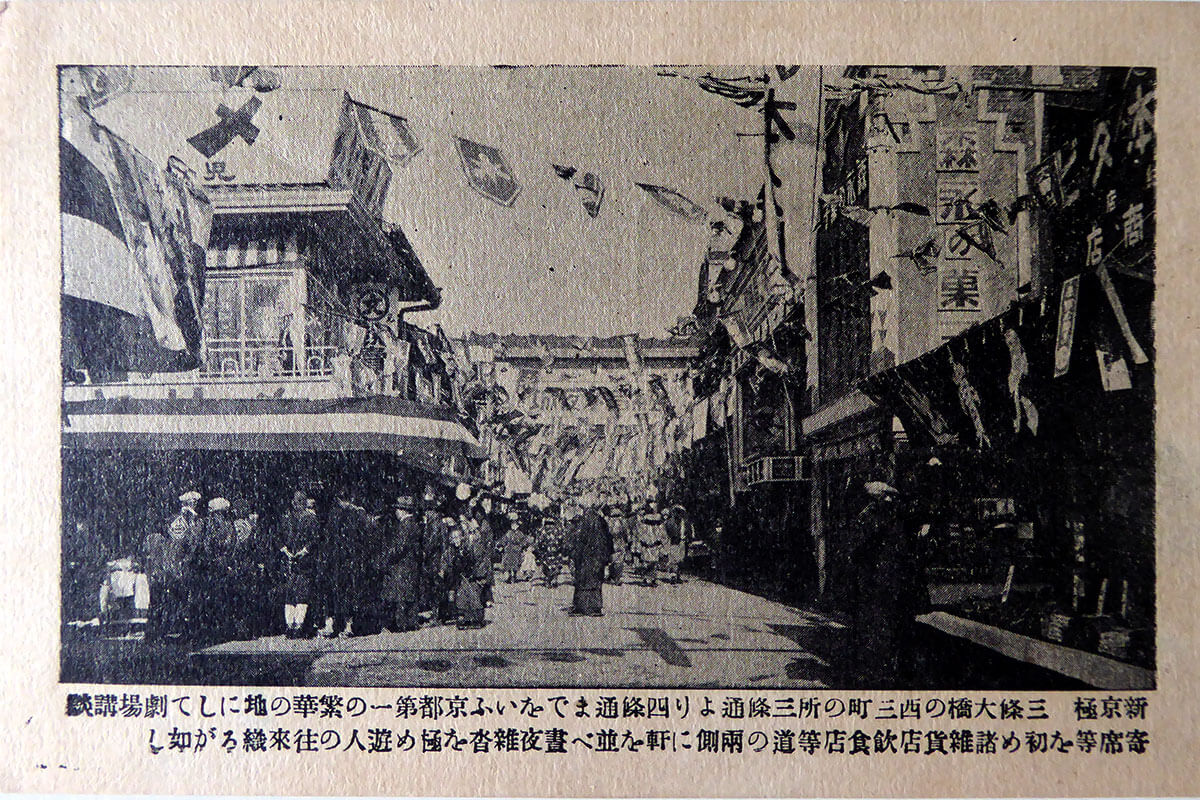
Postcards from the late Taisho and early Shōwa periods.
Shinkyogoku. Torii gate can be seen in the back (in the author's collection).
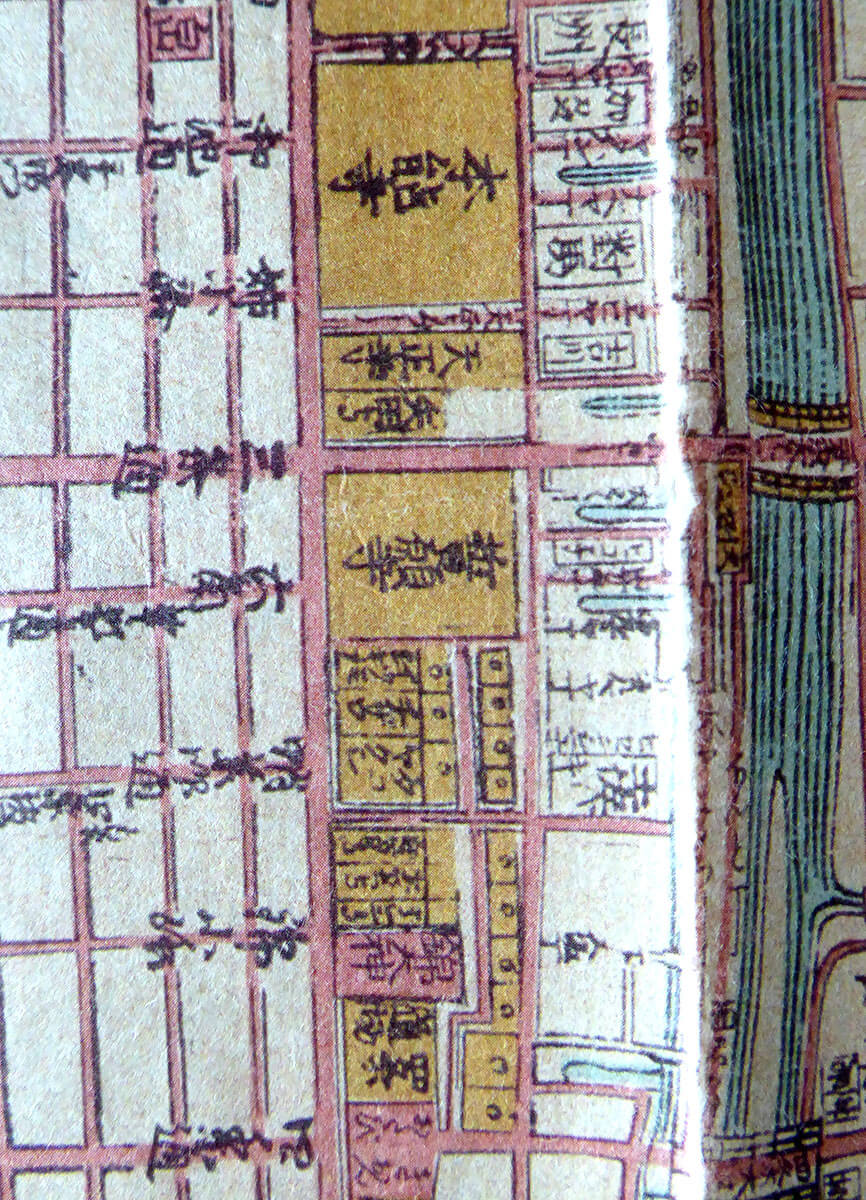
Edo period old picture map "Bunkyu bakuhi shinzoku hosomi kyo ezu dai zenzan" (Complete picture map of Kyoto, revised and enlarged in 1900)
Shijo from Oike. North at the top, south at the bottom (in the author's collection)
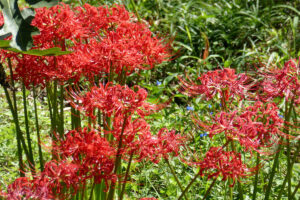
Strange town touches put out in Kyoto in the Meiji era
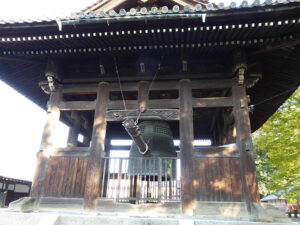
Once there was a gigantic Buddha that surpassed the Great Buddha of Todaiji Temple in Nara.
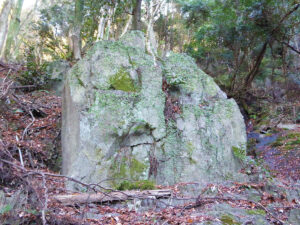
Meet on the ancient path of the "Higashiyama" trail around Kyoto.
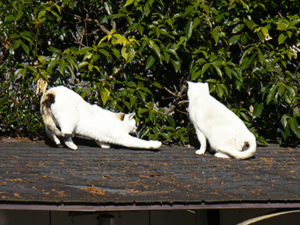
One of the Seven Wonders of Toji Temple
Tradition that exists everywhere in the city of Kyoto. It is not just a picture, it is secretly alive in this modern age and continues to coexist with people. The two of Office TO, who previously wrote a series of articles "Kyoto's Demon World Exploration" in the monthly magazine Leaf, explore the mysterious "different" world of Kyoto, which was created over 1200 years. I will unravel the story while actually visiting the place. .
 News
News Feature article
Feature article Featured event
Featured event